ThinkPad X1 Yoga: OneLink+ display problems solved
I recived my ThinkPad X1 Yoga in March 2016, along with two OneLink+ docks. At first I run into some display problems with the OneLink+ dock.
Problem: Display or displays are not working properly
I had one OneLink+ dock for the office and one for home. When connecting external displays through the OneLink+ dock the displays were not always working. Sometimes I needed to reboot for the displays to work properly. At other times the lid close/open action would solve the problems. But every now and then I also needed to reboot. This made it difficult to move between home and work if I just put the notebook to sleep.
I know people have experienced similar and slightly different problems while connecting to their OneLink+ dock. You also don’t need to be using two docks to bump into these problems, some people had similar problems with just a single dock in use as well.
How to solve the display problems?
I found that applying updates to your ThinkPad X1 Yoga and the OneLink+ dock, you can solve these problems. My problems went away completely after running these updates.
So if you also experience problems with OneLink+ and external displays while using your X1 Yoga, you might want to do the following:
- Update the BIOS. Currently 1.22 is the latest version. ThinkPad X1 Yoga BIOS 1.22
- Update the Intel HD Graphics driver. (last updated november 2016)
- Update the OneLink+ dock firmware and the driver. Both updates are available here.
Hopefully this will solve any problems you might be having with the X1 Yoga. I have been using the X1 Yoga problem free after having updated everything.
Problem: cannot update the OneLink+ firmware
If you try to update the OneLink+ firmware but it fails, there is something you can still try. At our office we had problem updating the firmware for one of the OneLink+ docks. It turns out, you can only update the firmware if you have a display connected to the display port. Otherwise the dock was not being detected by the firmware update program (version 2.33).
(Also note: there was no visual indication of the failure. You had to realize that the update process creates a file called update.log in the folder where it was run.)
Because we also had problems with it detecting a display (see the next problem) we ended up connecting the dock to another X1 Yoga that was working with its dock correctly. We used this other X1 Yoga to update the firmware in the new dock.
So if your firmware update fails, remember:
- Have a working display connected to the OneLink+ dock during the update
- Update using another notebook (ThinkPad X1 Yoga or ThinkPad Yoga 260) if that is working with OneLink+ and the display
Problem: OneLink+ not seeing display
It might happen that your display just shows blank, and the computer/dock does not detect it at all.
With an ASUS display we encountered a situation when the OneLink+ dock did not see the display, no matter what we turned off and on again. We even changed the DisplayPort cable.
The solution was to connect the display to another computer or use another display technology to connect the display to the OneLink dock or the computer. This somehow reseted the display to start working again with the OneLink+ dock.
So if you connect your display to the OneLink+ dock, and it just does not show up, do one of the following:
- If you have another computer, connect the display to that one, then try again with the OneLink+ dock setup
- If you have another type of display cable available, try to connect using that. For example if you use a DisplayPort cable normally, connect using VGA.
- Also remember to update the OneLink+ firmware and drivers (see beginning of article)
Update 15.2.2017: Reworked text for better readability, added more information on firmware update and display problems. Links checked and working. Updated BIOS version number in text.

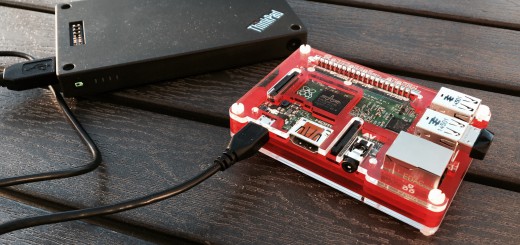
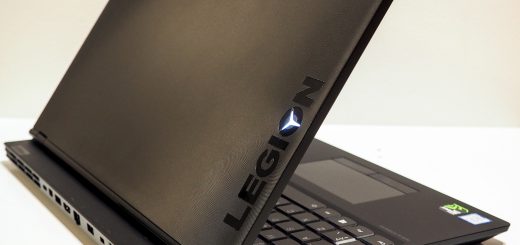







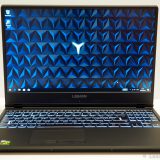
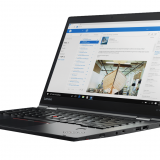
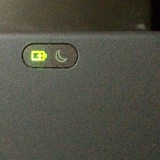
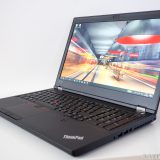
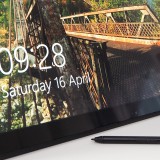
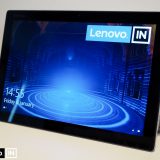
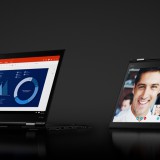
Hi and thanks for your helpful articles. I’m thinking about purchasing the X1 Yoga. I currently have two 1920 x 1080 desktop monitors hooked up to my Surface Pro 3. The X1 will be a replacement for that machine. My biggest issue is that the scaling for the high res Surface screen causes blurriness if I just plug in without signing out (known issue). I was curious with the high res screen on the Yoga if you have similar issues plugging in to the dock or if it sorts itself out with lower res desktop monitors?
Thanks in advance for any input you might give!
Unfortunately the same thing happens with the X1 Yoga. I have the WQHD screen and two 1920×1200 monitors and the same thing happens if I either plug into the dock or out of it without signing out. I think it is a Windows problem, so I hope they can solve it in a future update.
Thanks for the response! That might be a good enough reason for me to go with the lower res screen on the X1. That issue bugs me to no end!
Yes it is pretty annoying. It can be mitigated a little if you set the scaling to lower than the default. I actually rarely bump into it, because if you start docked and disconnect it is almost not noticable, but if you start undocked it is more prominent. And I usually start docked 🙂
But the fullhd screen should also improve battery life for you, so I think it’s a good choice. I debated the screens for a long time before settled on the WQHD one. My reason was better looking fonts because of the high res display.
I would urge you just to get a Surface Pro 4 – I’ve had no end of issues with my tricked-out and pricey Yoga 260. It feels like the hardware is a few years ahead of software and drivers. A shame.
I have tried the above remedies: Updated the BIOS to the latest version. Updated Graphics driver to the latest. Updated the OneLink+ dock firmware and driver to the latest version. The problem is still the same.
Hi Milmal! Sorry to hear none of these helped you! If none of the firmware and driver updates solve your problem, you should contact Lenovo Support. It might be an actual hardware problem. 🙁